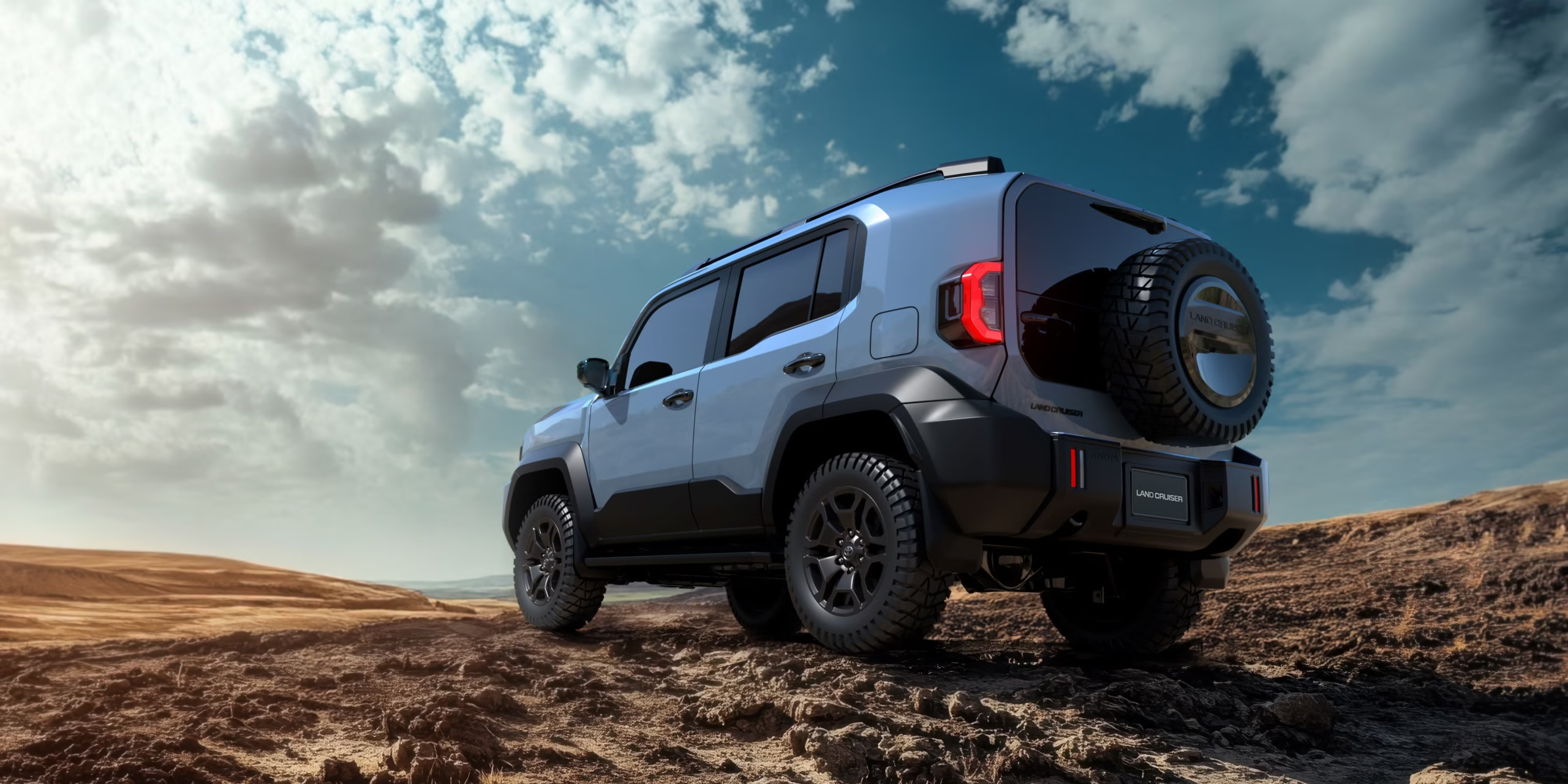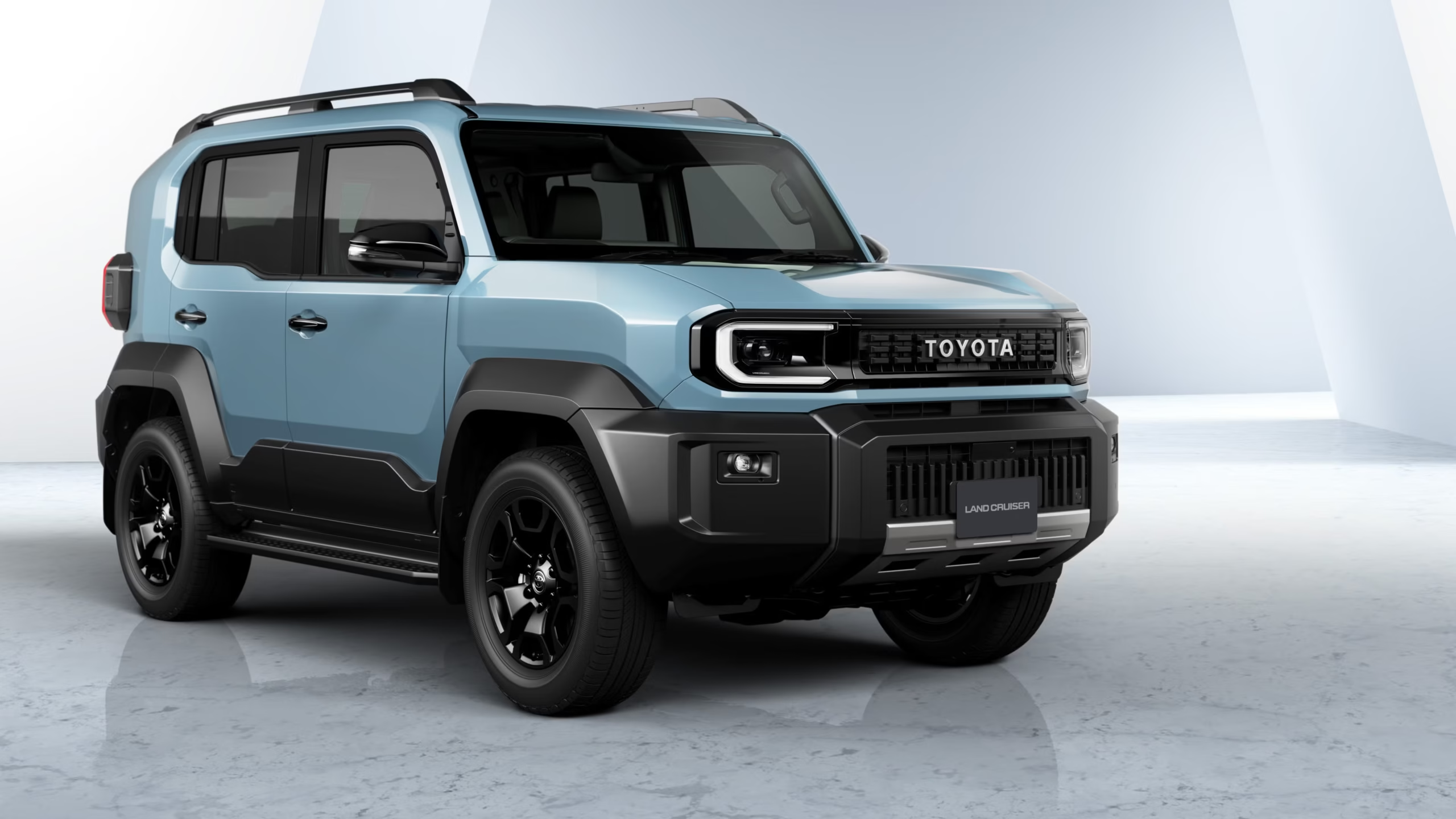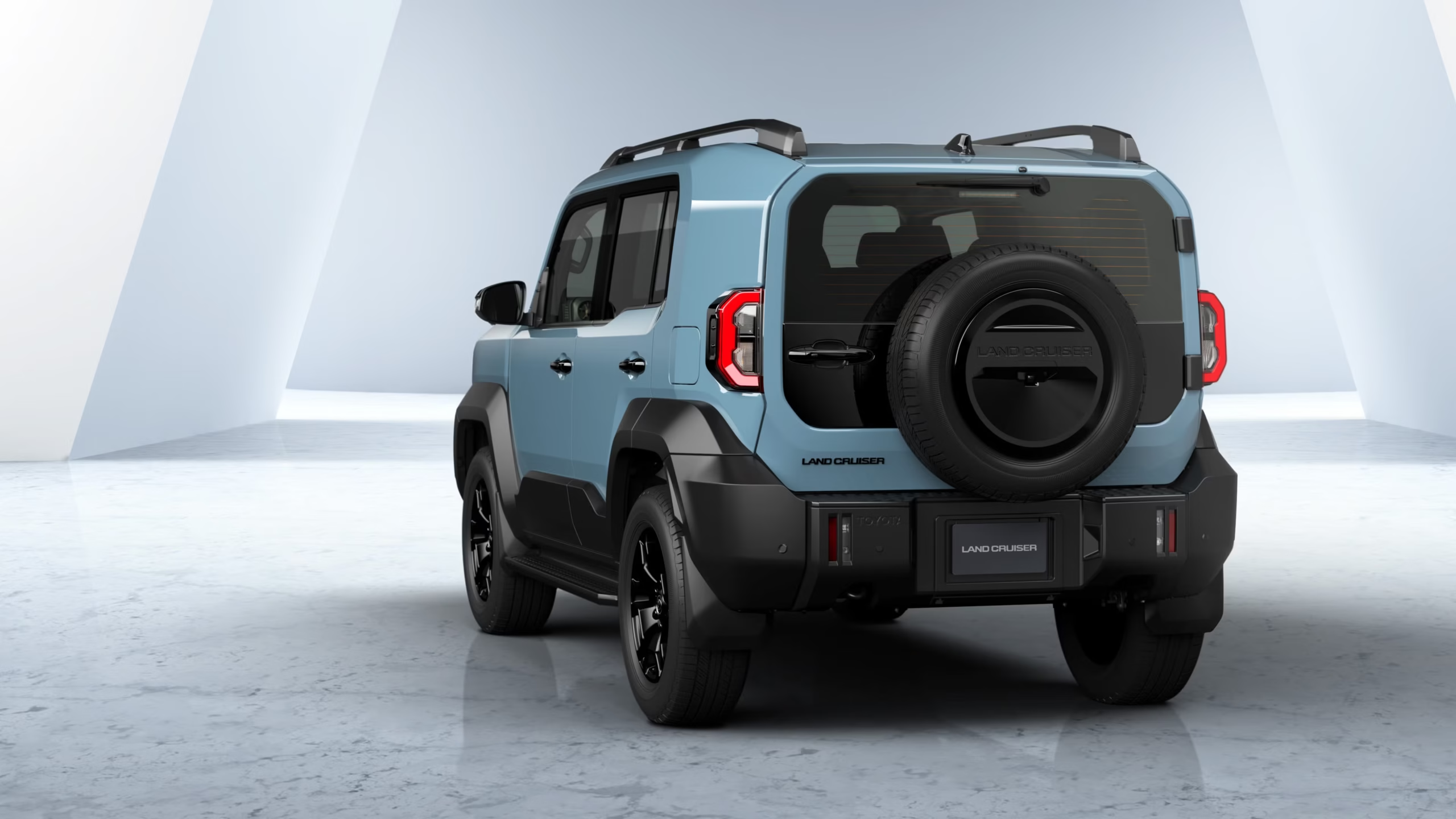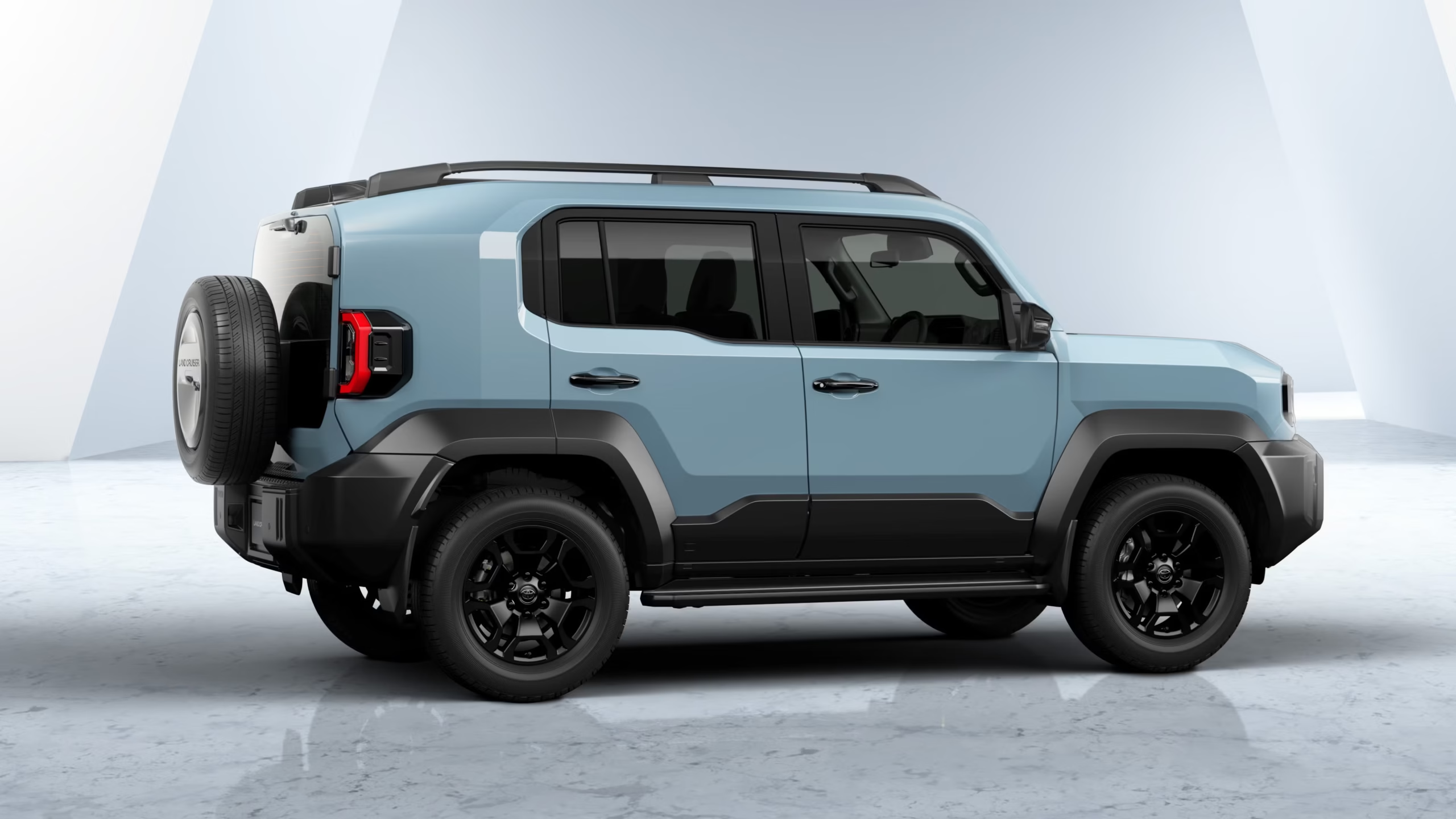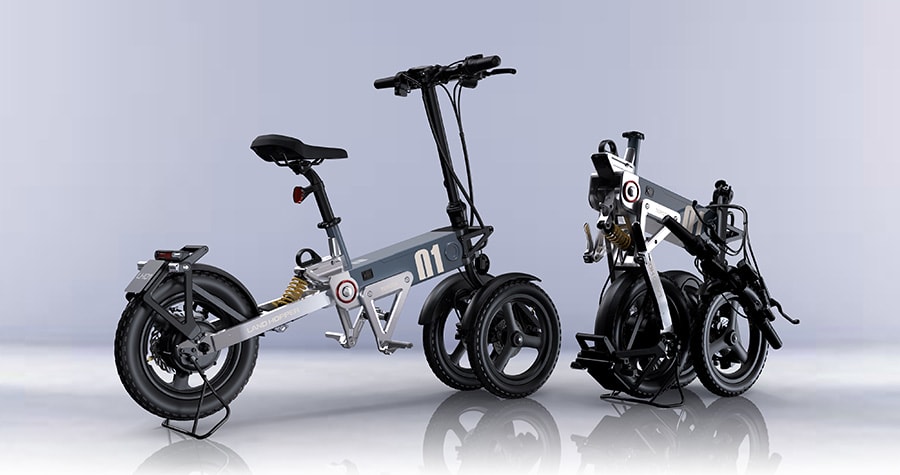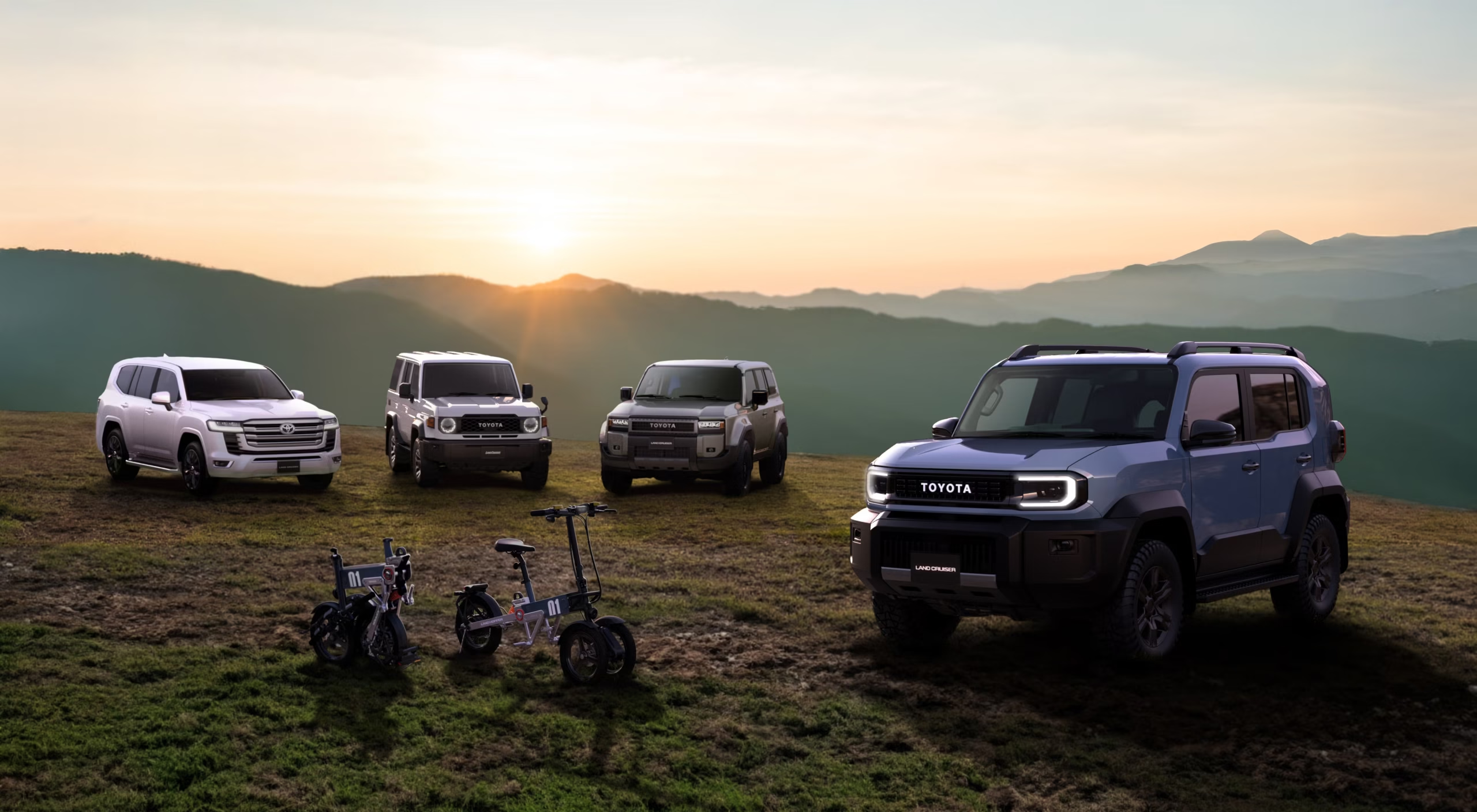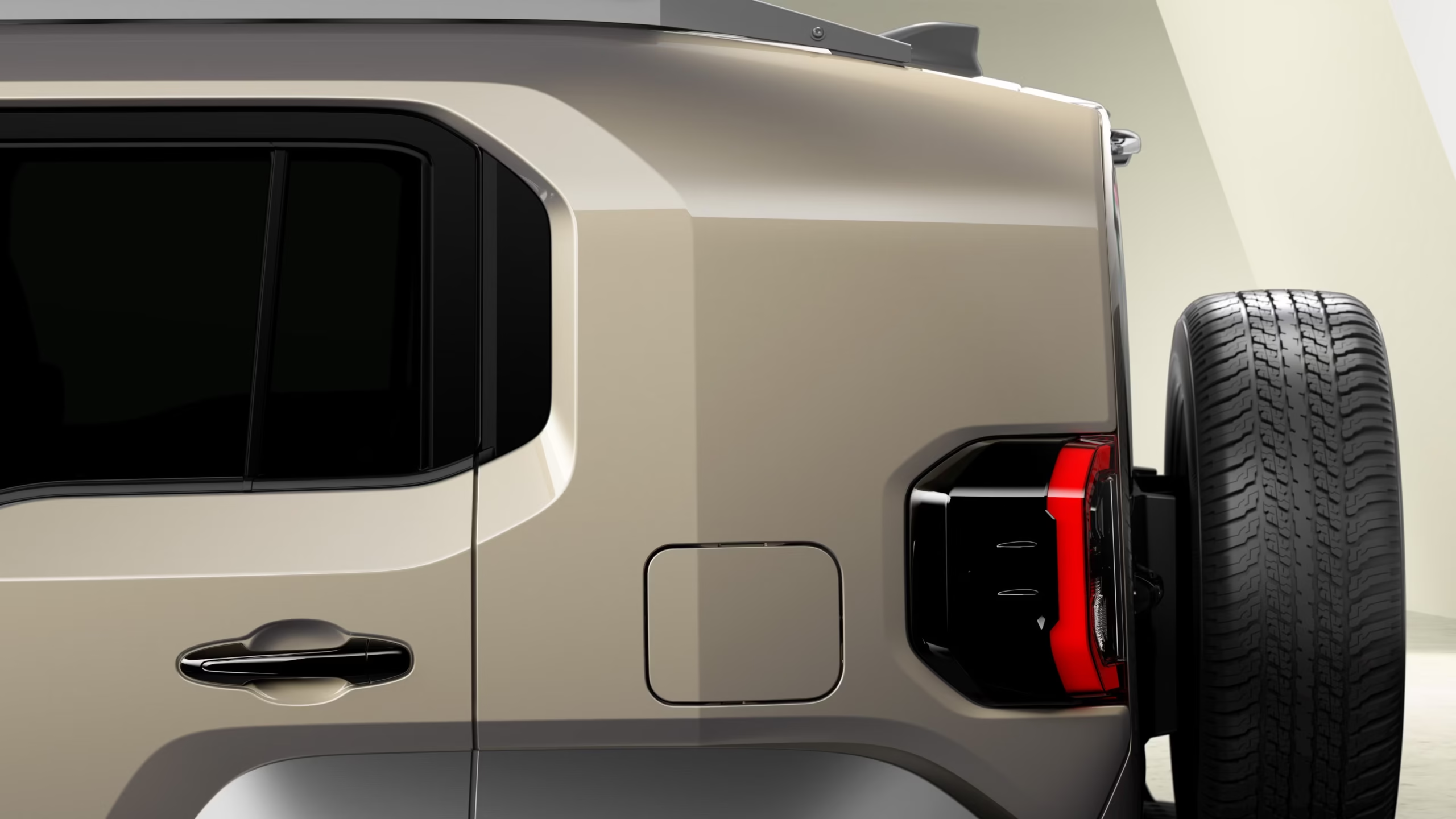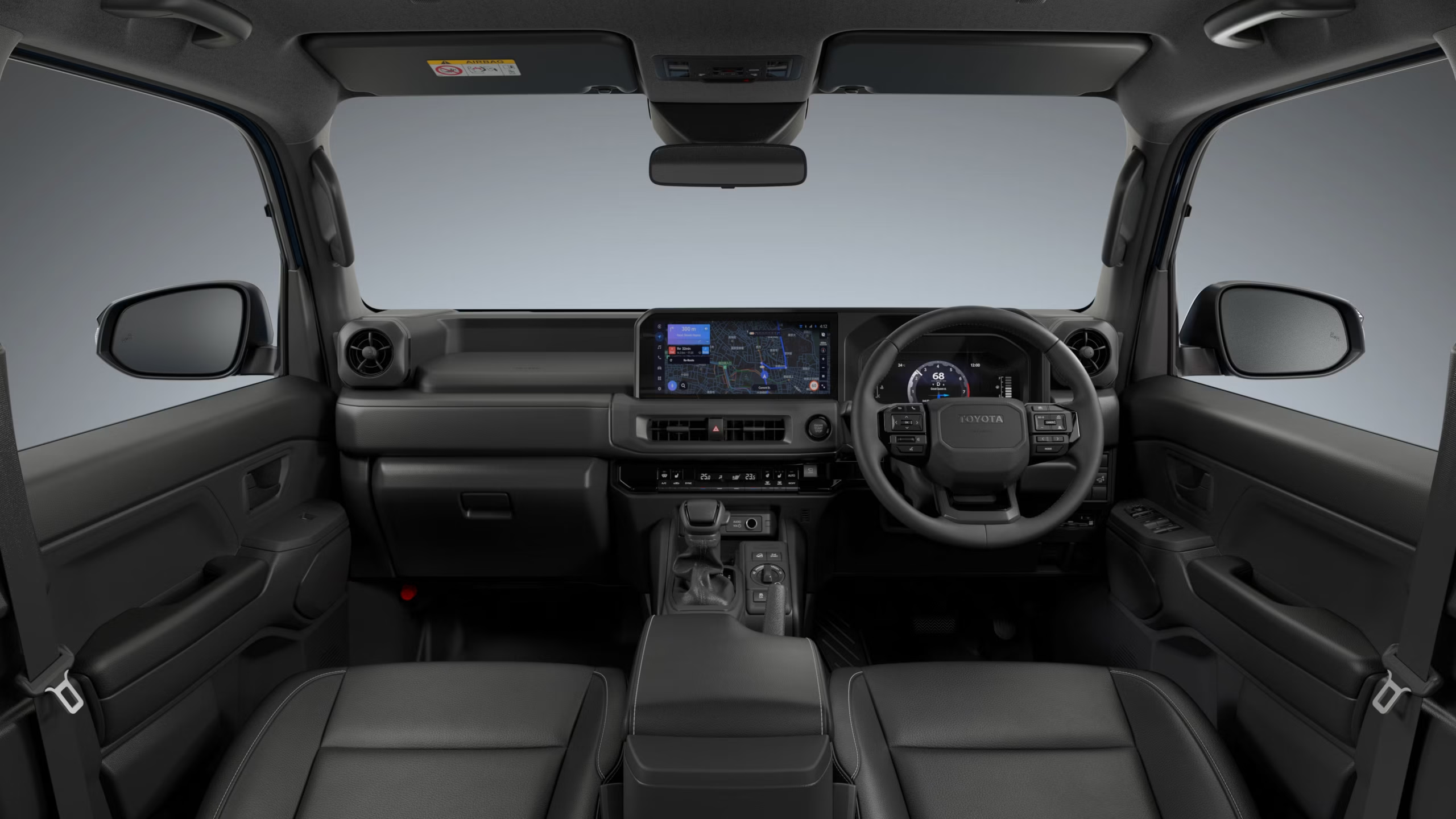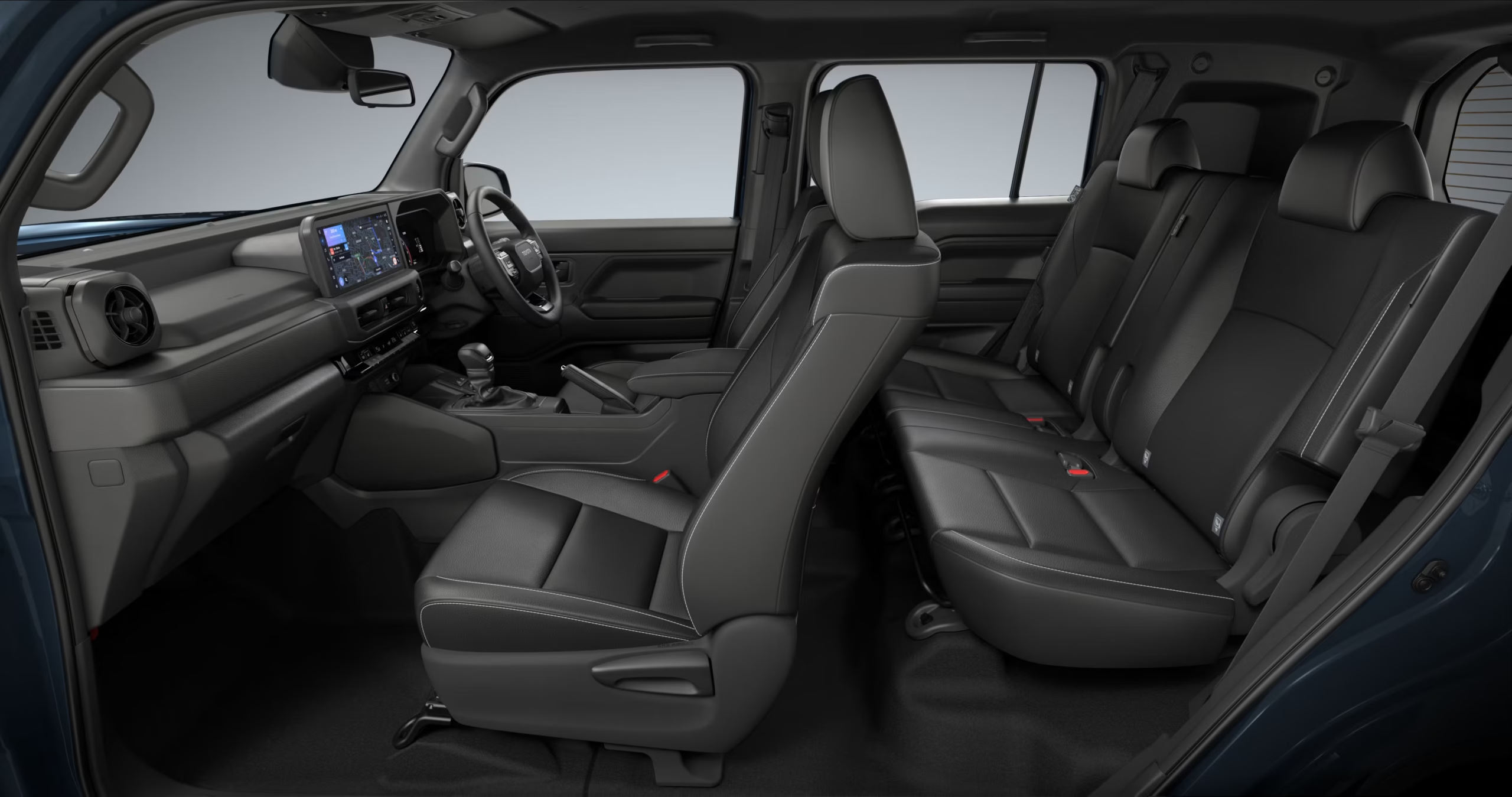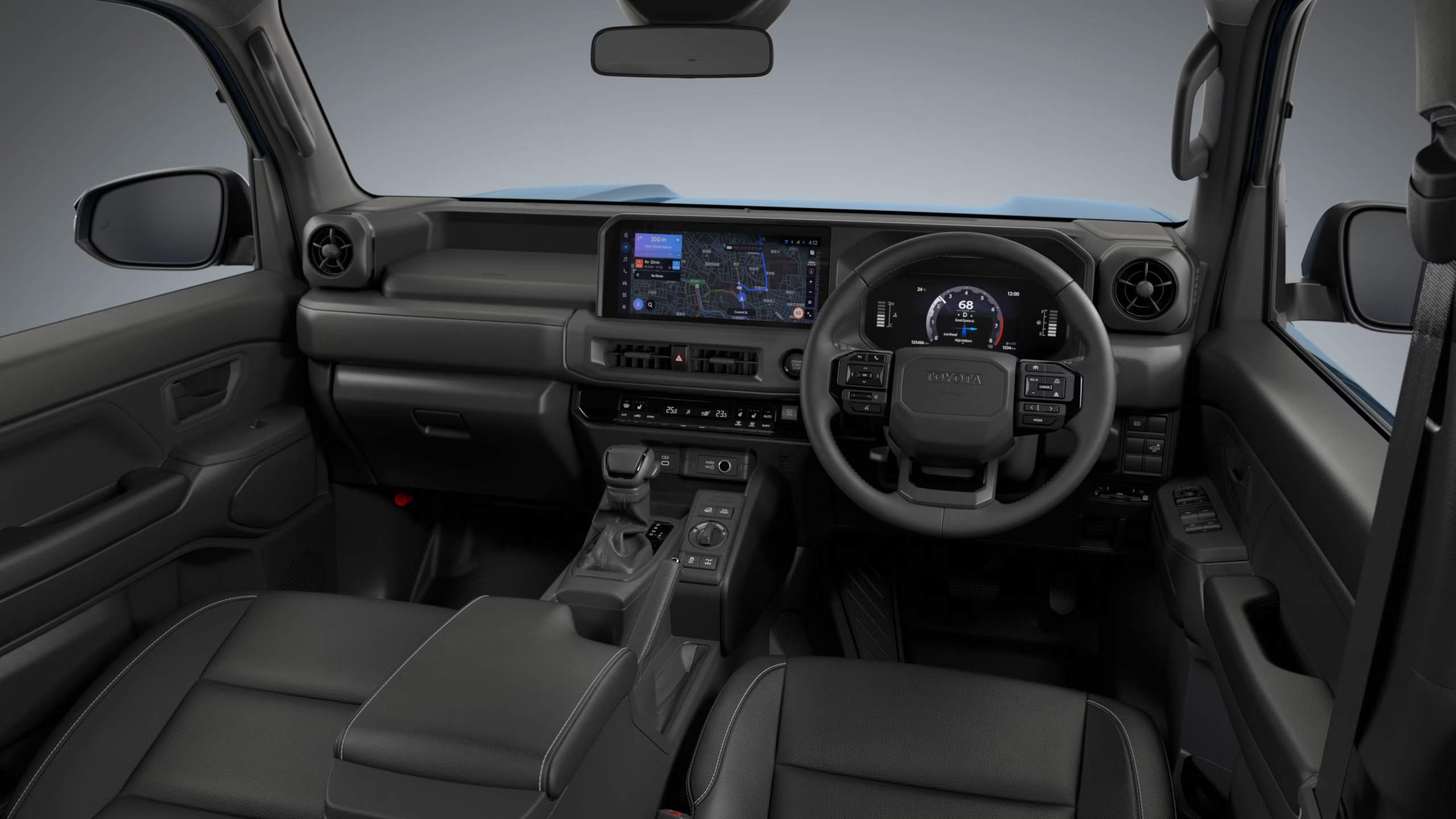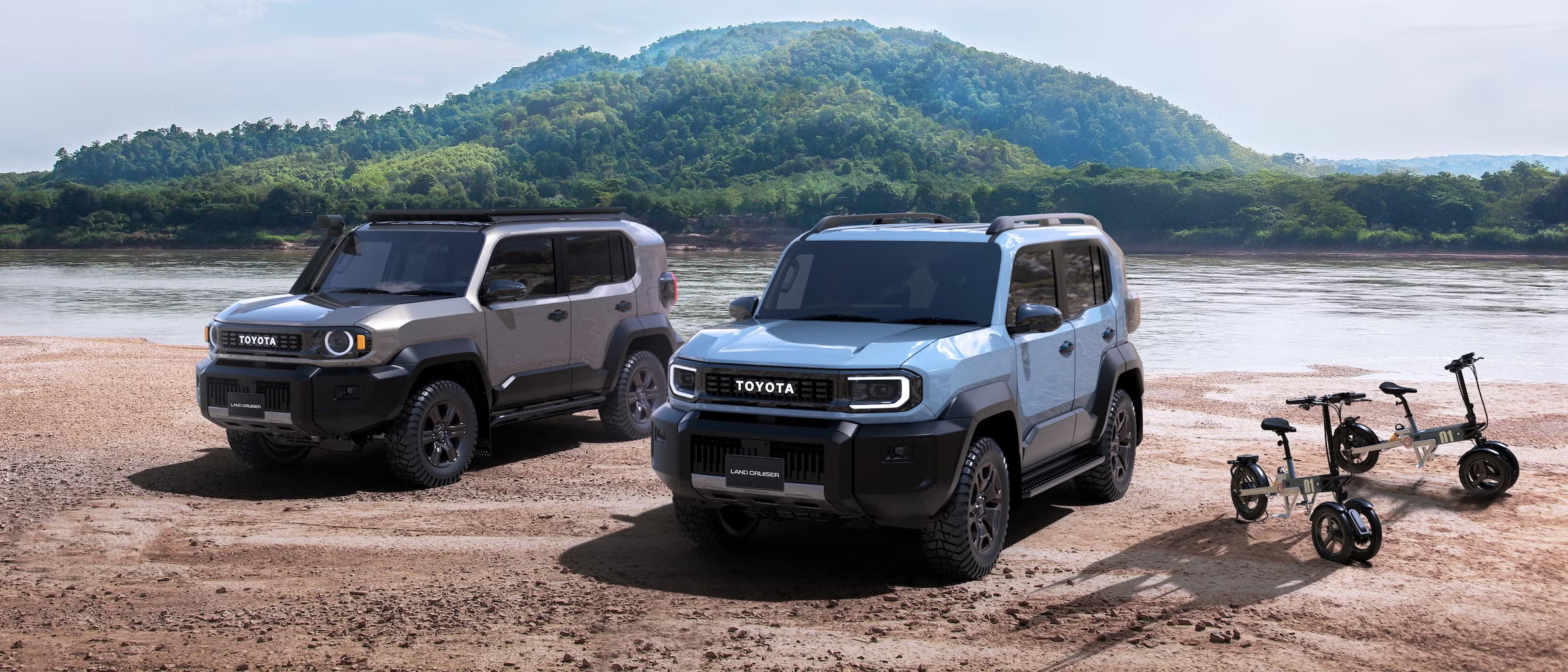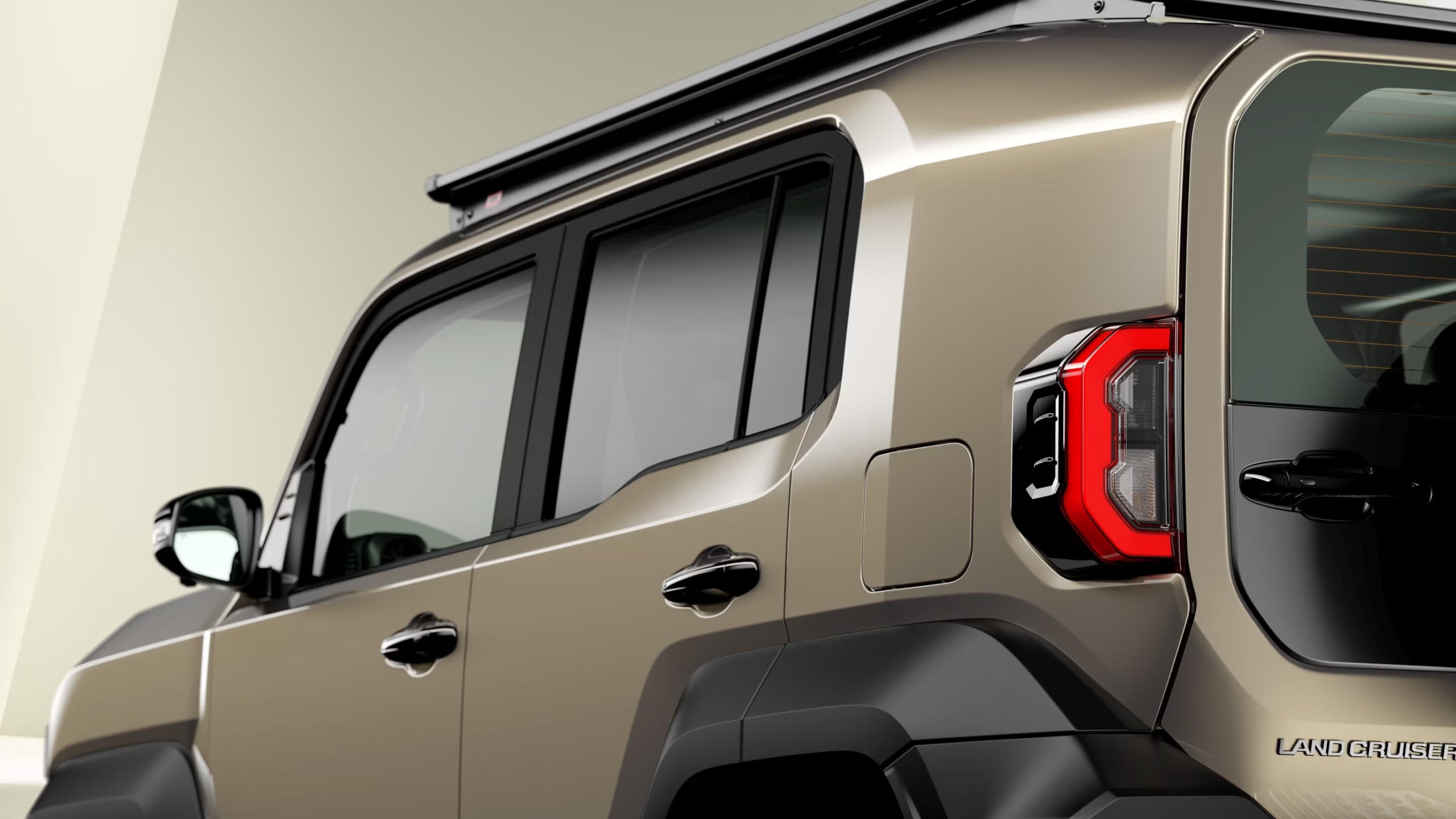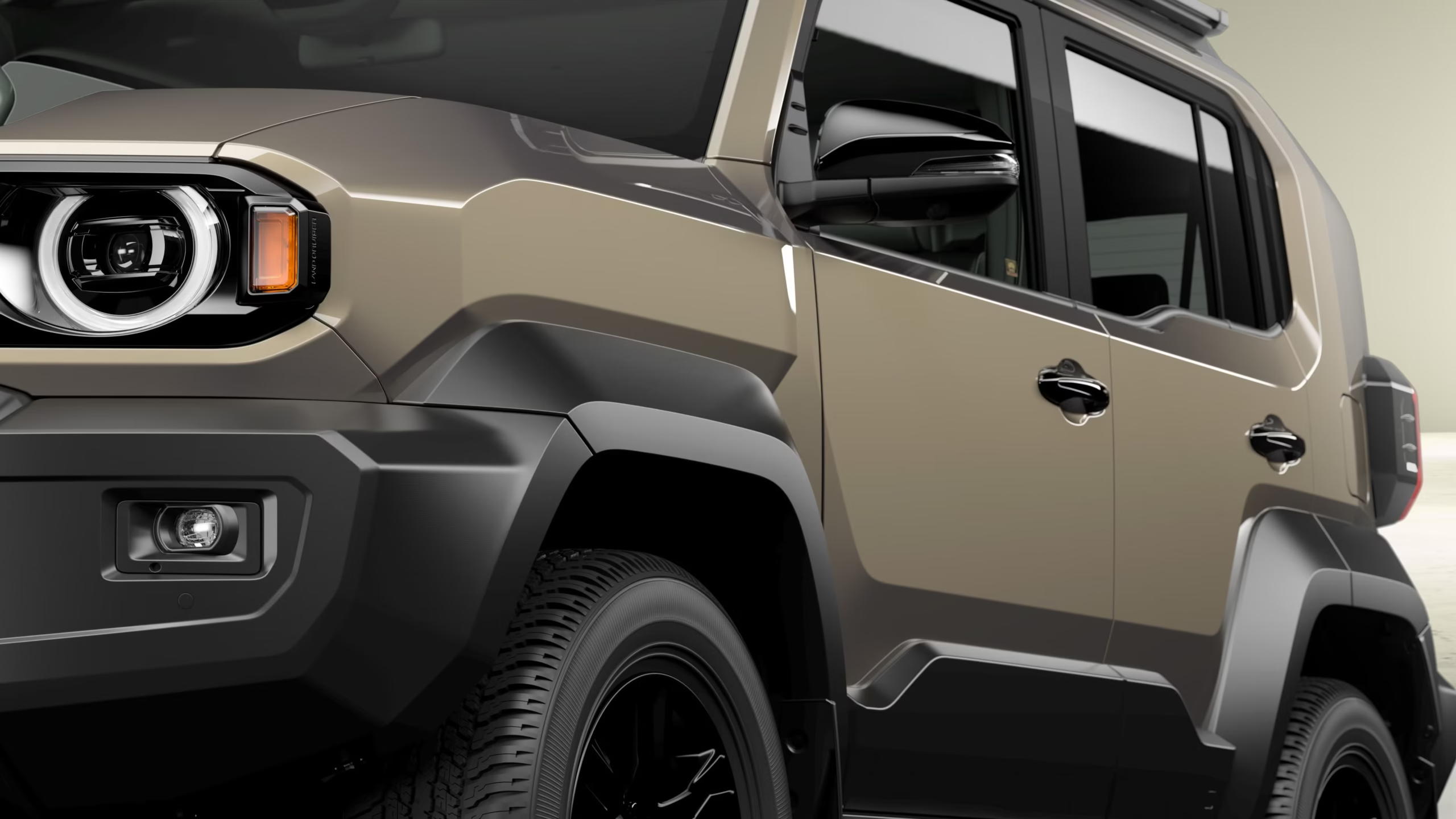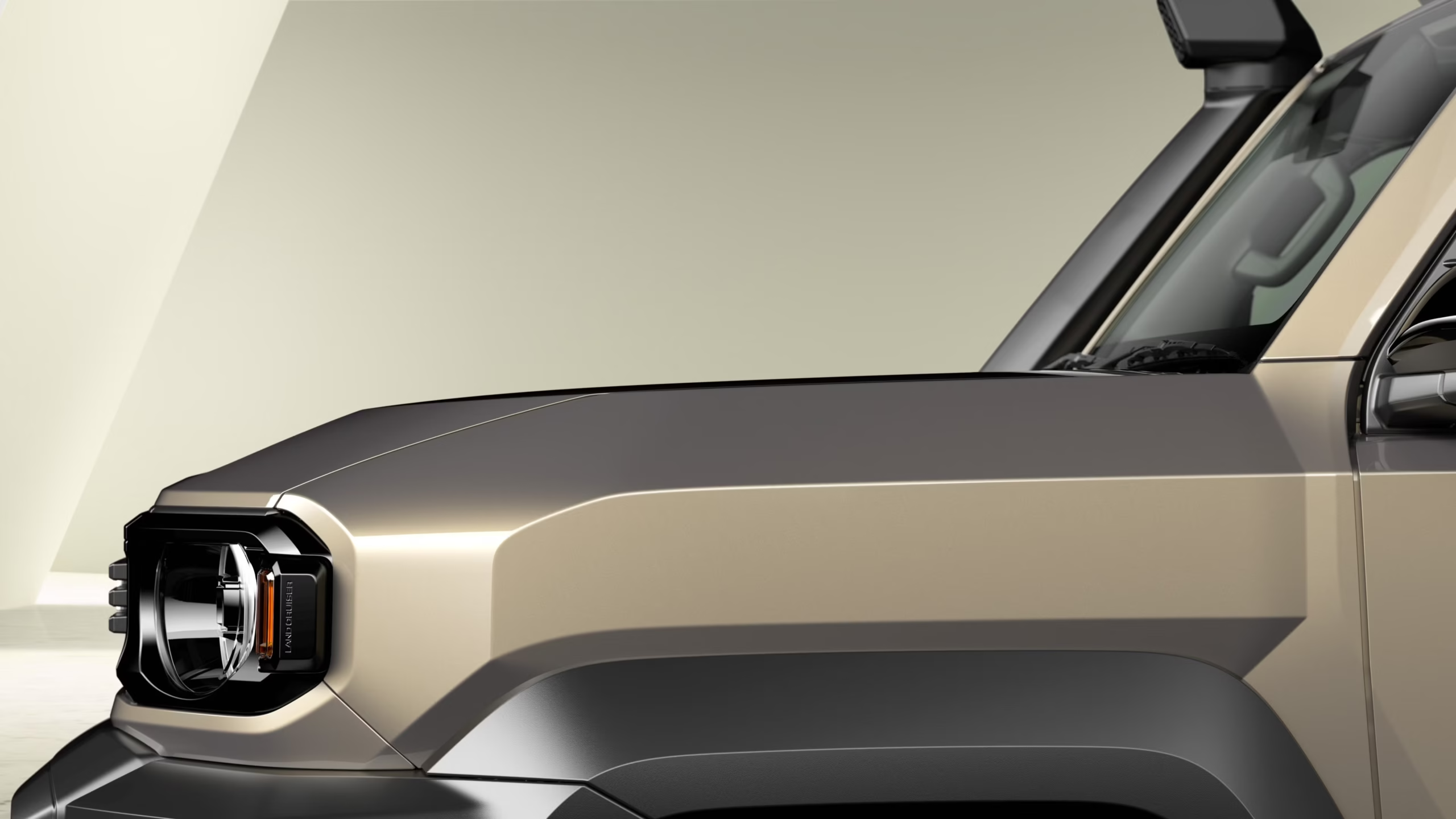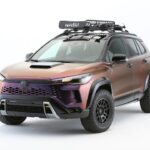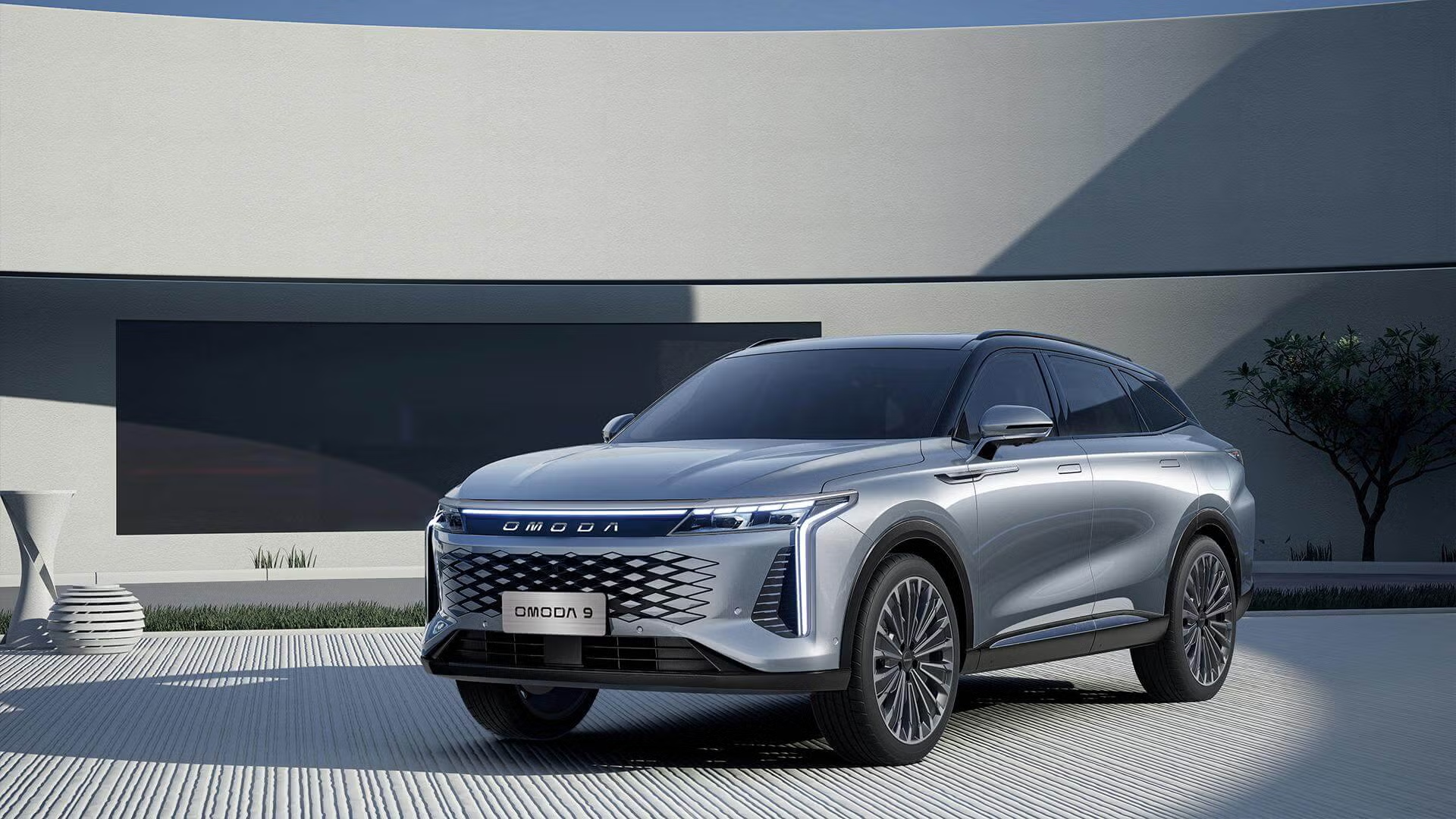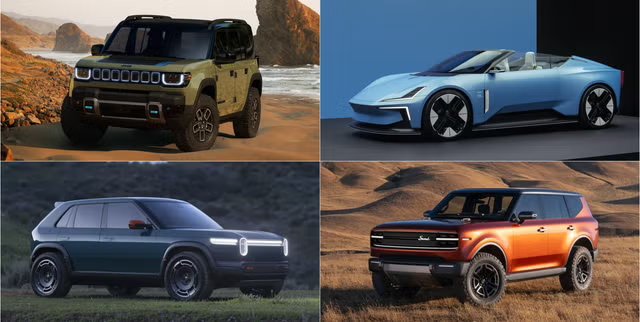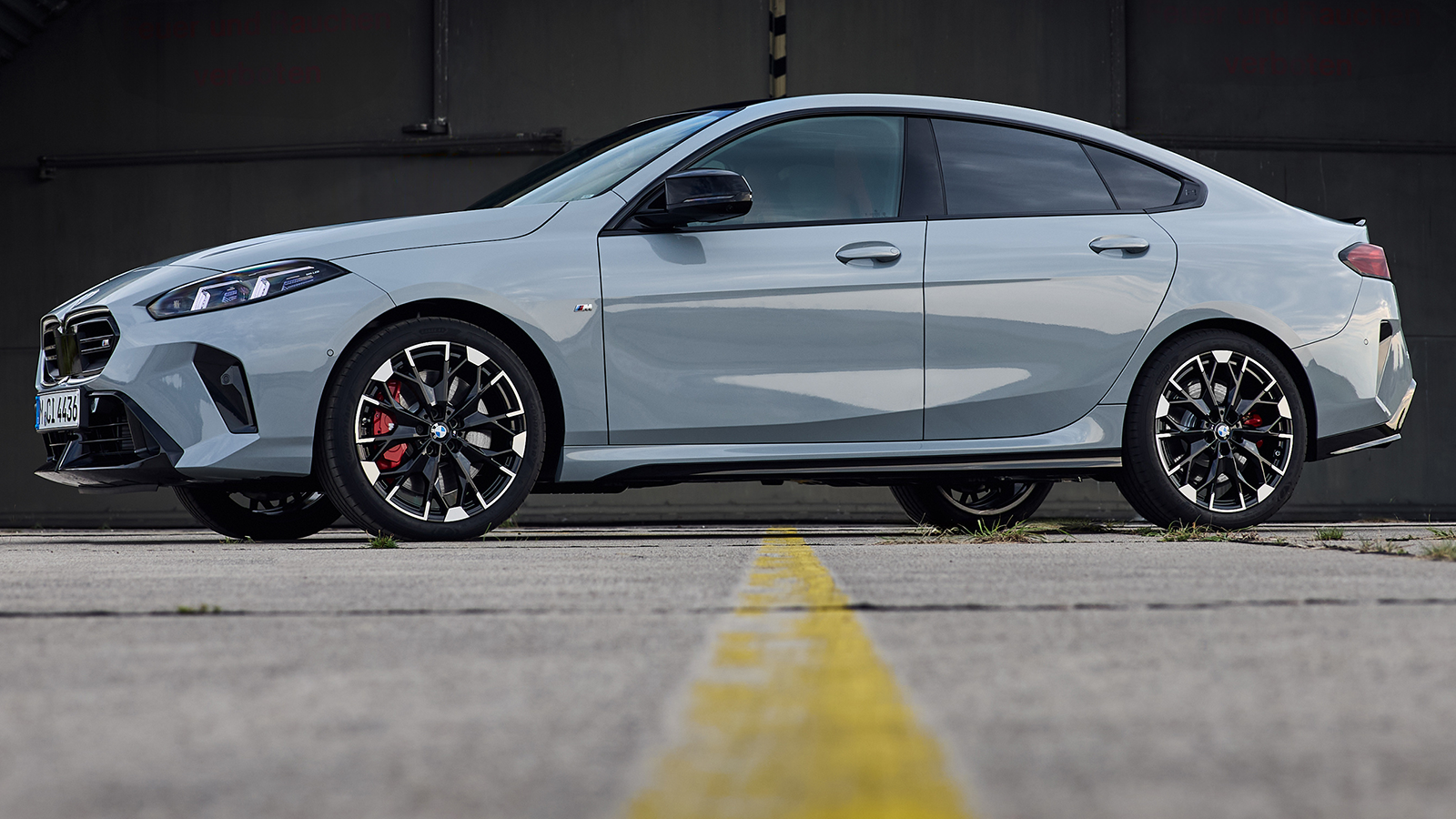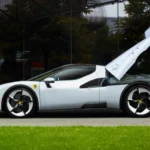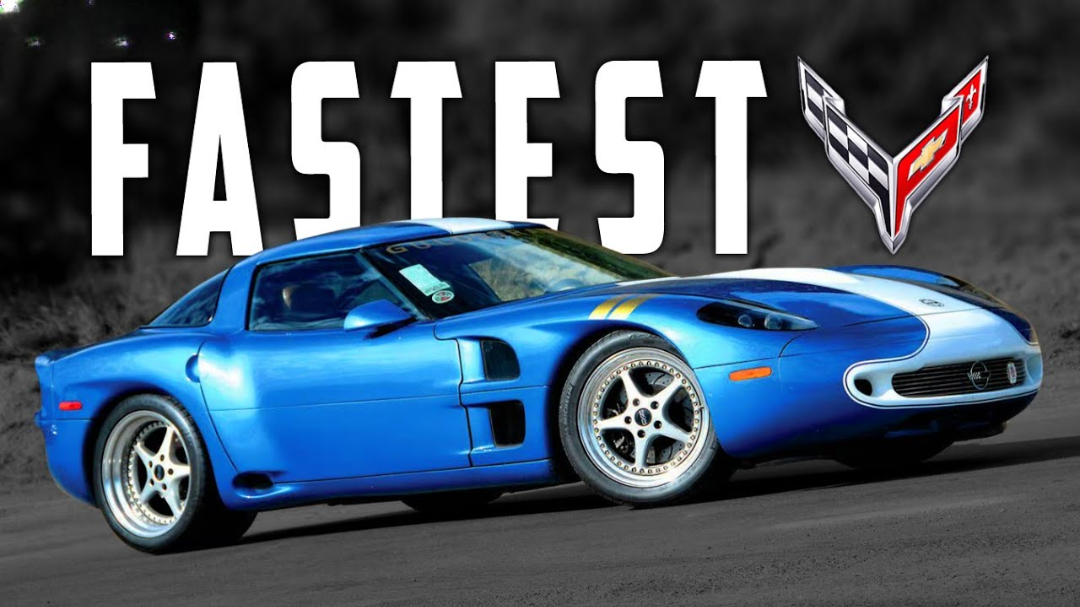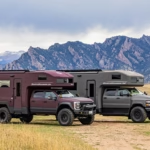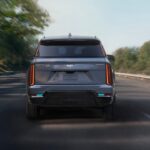Toyota’s Land Cruiser FJ: The Compact Off-Roader North America Won’t Get
Toyota just pulled the wraps off something that’s going to frustrate American buyers in the best possible way. Meet the Land Cruiser FJ—a pint-sized, body-on-frame off-roader that looks like someone put the iconic 70 Series in the dryer and it came out perfectly shrunk. Built on the same bones as the global Hilux pickup, this thing measures barely 180 inches nose-to-tail, which makes it shorter than a RAV4 but potentially tougher than anything else Toyota sells in that size range.
Here’s the kicker: Toyota has zero plans to bring it to the United States or Europe. You can almost hear the collective groan from overlanding forums across North America.
What Makes This Thing Different
The Land Cruiser FJ isn’t just a styling exercise slapped onto a crossover platform. Toyota went old-school here, using the IMV (Innovative International Multi-purpose Vehicle) architecture that underpins the Hilux—a ladder-frame chassis known for durability in markets where “tough” isn’t a marketing term, it’s a survival requirement.
Dimensions tell an interesting story. The wheelbase sits just north of 101 inches, while overall length hits 180.1 inches. Width measures 77.2 inches, and height clears six feet. For context, that’s roughly the same footprint as a Corolla Cross, except this has actual frame rails underneath instead of a unibody structure.
Ground clearance hasn’t been officially disclosed, but photos show generous daylight under the chassis. More importantly, Toyota claims the wheel articulation matches the legendary 70 Series—the Land Cruiser variant that’s been conquering terrain since 1984 and still gets sold in markets where reliability matters more than cupholders.
Power and Drivetrain: Simple and Proven
Under the hood sits a 2.7-liter inline-four gasoline engine making 161 horsepower and 181 lb-ft of torque. Those aren’t numbers that’ll win any drag races, but they’re not supposed to. This engine prioritizes reliability, fuel availability in remote areas, and serviceability with basic tools.
Power routes through a six-speed automatic transmission to a part-time four-wheel-drive system. Part-time 4WD means you’ve got rear-wheel drive for normal pavement use, then can engage four-wheel drive when conditions demand it. It’s mechanically simpler than full-time systems, weighs less, and crucially, it’s cheaper to fix when (not if) something eventually breaks after years of hard use.
Toyota added extra bracing underneath the floor to strengthen the structure for off-road punishment. They also made both the front and rear bumper covers removable—a smart touch that acknowledges this vehicle will occasionally kiss rocks and trees, and replacing plastic bumper covers beats repairing entire body panels.
Design Language: Retro Done Right
The styling is where Toyota really nailed it. The FJ badge brings obvious associations with the cult-favorite FJ Cruiser that Toyota sold from 2006 to 2014 in North America. But this new FJ also channels design cues from much older Land Cruisers, particularly the boxy, utilitarian aesthetic of the 40, 55, and 70 Series models that built Toyota’s off-road reputation.
Round headlights bookend a wide grille up front. The hood is flat and horizontal, maximizing forward visibility. Fender flares are pronounced and functional, protecting the body from tire spray and rocks. The roofline is upright and slab-sided, maximizing interior volume without adding unnecessary length.
At the rear, a side-hinged tailgate carries the spare tire—another nod to classic Land Cruiser proportions. The overall effect manages to look both nostalgic and contemporary, which is harder to pull off than it sounds.
The Market Reality: Why America Isn’t Getting It
Toyota’s official statement is straightforward: no plans for European or North American distribution. The vehicle is being positioned for markets where the Hilux already dominates—places like Thailand, Australia, South Africa, and various Asian and South American countries.
Why the restriction? Several factors are likely at play. First, North American regulations add significant cost to any vehicle certification process. Crash testing, emissions compliance, and meeting FMVSS (Federal Motor Vehicle Safety Standards) requirements isn’t cheap, especially for a vehicle that’s going to sell in relatively modest volumes.
Second, Toyota’s North American lineup already includes the full-size Land Cruiser (recently reintroduced after a brief hiatus) and the new 4Runner, both built on the TNGA-F body-on-frame platform. There’s also the Tacoma pickup offering multiple configurations. Toyota likely sees the FJ as potentially cannibalizing sales from these more profitable vehicles rather than growing the overall market.
Third—and this might be the most important factor—production capacity is finite. Toyota can sell every Land Cruiser FJ it builds in markets that already have Hilux dealer networks and service infrastructure. Why divert units to North America where regulatory compliance costs more and profit margins get squeezed?
What Americans Are Missing
The frustration among enthusiast communities is understandable. The compact SUV segment in North America has become dominated by unibody crossovers—vehicles that look vaguely rugged but lack the hardware for serious off-road capability. The Jeep Wrangler remains the only truly small body-on-frame 4×4 you can buy new at U.S. dealerships, and even the two-door Wrangler has grown substantially over the years.
The Land Cruiser FJ represents something that’s increasingly rare: an honest, mechanically simple off-roader sized for actual maneuverability on tight trails. Its compact dimensions mean easier parking in urban environments during the week, then greater confidence navigating narrow mountain passes on weekends.
The removable bumper covers show Toyota actually designed this thing expecting off-road contact rather than treating “off-road capability” as a marketing checkbox. The part-time 4WD system might seem old-fashioned compared to sophisticated full-time systems with multiple modes and electronic wizardry, but it’s also lighter, simpler, and field-repairable in remote locations.
Comparisons and Context
The closest spiritual competitor might be the Suzuki Jimny—a tiny, body-on-frame 4×4 that’s become something of a cult icon in markets where it’s sold. The Jimny is available in Mexico but not the United States, leading to occasional gray-market imports and significant buyer frustration. The Land Cruiser FJ appears more practical than a Jimny, offering more interior space and modern amenities while maintaining legitimate off-road credentials.
Another comparison point is the discontinued FJ Cruiser, which Toyota sold in North America from 2006-2014. That vehicle was larger (about 5 inches longer overall) and heavier, but shared a similar philosophy of combining retro styling with genuine capability. The FJ Cruiser developed a devoted following, and used examples now command strong resale values—suggesting there’s definitely market appetite for this type of vehicle.
What Toyota Offers Instead
For North American buyers lamenting the Land Cruiser FJ’s absence, Toyota does offer alternatives, though each involves compromises. The full-size Land Cruiser recently returned to the U.S. market after a brief absence, now equipped with a hybrid powertrain producing 326 horsepower. It’s impressively capable but significantly larger and starts around $57,000.
The redesigned 4Runner provides body-on-frame construction and legitimate off-road hardware, but it’s also substantially bigger than the FJ would be. The smallest 4Runner measures over 192 inches long—a full foot longer than the Land Cruiser FJ.
The Tacoma pickup truck offers genuine off-road capability in TRD Pro and Trailhunter variants, complete with crawl control, locking differentials, and sophisticated suspension systems. But a pickup provides different utility than an enclosed SUV, and even the most compact Tacoma Access Cab configuration is larger than the Land Cruiser FJ.
The Gray Market Question
Whenever Toyota (or any manufacturer) offers an appealing vehicle in some markets but not others, the gray market conversation begins. Could entrepreneurial importers bring Land Cruiser FJs into the United States?
Technically, yes—but with significant barriers. U.S. regulations require that imported vehicles either meet FMVSS standards at the time of import, or be at least 25 years old (qualifying under the “antique vehicle” exemption). Since the Land Cruiser FJ hasn’t been crash-tested or certified for U.S. sale, individual importers would need to either certify the vehicle themselves (prohibitively expensive for a single unit) or wait until 2050 to legally import a 2025 model.
Some companies specialize in modifying foreign-market vehicles to meet U.S. standards, but this process typically adds $20,000-40,000 to the vehicle’s cost and still requires extensive documentation and compliance work. For a vehicle that would likely retail around $30,000-35,000 in its home market, the economics don’t make sense for most buyers.
Production and Availability Timeline
Toyota announced the Land Cruiser FJ in October 2025, with initial sales expected to begin in early 2026 in select Asian markets. Additional markets will likely follow throughout 2026 and into 2027, though Toyota hasn’t published a detailed rollout schedule.
Production will take place at facilities equipped to build IMV-platform vehicles—primarily in Thailand and potentially other Asian manufacturing sites. This is the same production network that handles Hilux pickup trucks and the Fortuner SUV (another Hilux-based vehicle not sold in North America).
The Bigger Picture
The Land Cruiser FJ’s introduction reflects broader trends in the global automotive market. Manufacturers increasingly design vehicles for specific regional markets rather than pursuing one-size-fits-all global products. Regulatory requirements, buyer preferences, and infrastructure realities vary so dramatically between regions that true “world cars” are becoming rarer.
For Toyota specifically, the Land Cruiser FJ allows them to compete in markets where compact, durable, body-on-frame vehicles remain popular without the cost and complexity of developing an entirely new platform. By leveraging the proven Hilux architecture, Toyota keeps development costs manageable while delivering a product that fits specific market needs.
The vehicle also reinforces Toyota’s commitment to maintaining genuine off-road capability across multiple price points and vehicle sizes. While the automotive industry trends toward crossovers and electrification, Toyota continues investing in traditional body-on-frame 4x4s for markets that still value this approach.
Could Toyota Change Its Mind?
Is there any chance Toyota might reconsider and bring the Land Cruiser FJ to North America? History suggests it’s possible but unlikely in the near term.
Toyota does occasionally reverse course on regional availability decisions. The current full-size Land Cruiser was discontinued in the U.S. after 2021, only to return for 2024 after buyer demand and dealer pressure. The decision to bring it back reportedly came after Toyota observed strong gray-market demand and robust used-vehicle prices indicating continued consumer interest.
If the Land Cruiser FJ generates significant buzz and American buyers demonstrate willingness to pay premium prices (or commit to pre-orders), Toyota might reconsider. However, the regulatory hurdles remain substantial, and Toyota would likely need confidence in selling thousands of units annually to justify the certification investment.
A more probable scenario might involve Toyota developing a similar vehicle specifically for North America on the TNGA-F platform used for the current Land Cruiser and 4Runner. This would share tooling and certification with existing products, reducing per-unit costs. However, such a vehicle would likely end up larger and more expensive than the IMV-based FJ, potentially missing the point of what makes the compact version appealing.
What Enthusiasts Can Do
For American buyers disappointed by the Land Cruiser FJ’s regional restrictions, a few options exist:
Consider the Tacoma: Toyota’s compact pickup offers genuine off-road capability in a relatively manageable size. The TRD Off-Road and TRD Pro variants include selectable four-wheel drive, crawl control, and locking differentials.
Wait for the used market: Some Land Cruiser FJs will inevitably make their way to North America through military personnel relocations, diplomatic channels, or other legitimate import pathways. These will be rare and likely command premium prices, but they’ll occasionally surface.
Petition and demonstrate demand: Manufacturers do monitor social media, forums, and dealer feedback. If sufficient buyers demonstrate serious interest (not just “I’d think about buying one” but actual “I’ll put down a deposit”), Toyota might reassess the business case.
Explore alternatives: The Jeep Wrangler remains available in North America and offers body-on-frame construction with serious off-road capability. While larger and more expensive than the Land Cruiser FJ would be, it fills a similar niche.
Final Thoughts
The Toyota Land Cruiser FJ represents the kind of vehicle that generates disproportionate enthusiasm relative to likely sales volumes. It’s compact, honest, mechanically straightforward, and designed for genuine off-road use rather than just looking the part. Those qualities resonate with enthusiasts even as the broader market continues shifting toward larger crossovers and SUVs.
For North American buyers, the FJ’s unavailability stings precisely because it addresses weaknesses in the current market. There’s space for a small, capable, body-on-frame 4×4 priced accessibly and sized appropriately. The Suzuki Jimny’s cult following despite never being officially sold in the U.S. demonstrates this demand exists.
Toyota’s decision to limit the Land Cruiser FJ to specific markets makes business sense even if it disappoints enthusiasts. The company has finite resources and must prioritize markets where the vehicle best fits buyer needs and regulatory environments. North America gets the excellent TNGA-F platform vehicles instead—not a bad consolation prize, just a different one.
Maybe in a few years, if market conditions shift or buyer demand proves overwhelming, Toyota will reconsider. Until then, the Land Cruiser FJ remains one more forbidden fruit that makes the heart grow fonder.
